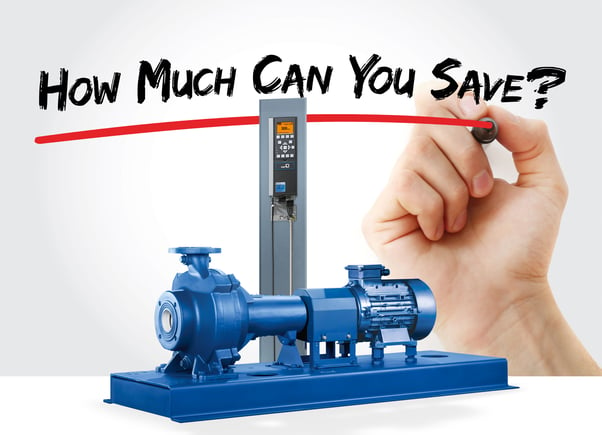
Just 20 years ago, many professionals did not consider using variable frequency drives (VFDs) in wastewater applications. Frequency converters were relatively expensive, and experience using them with the special conditions and requirements in wastewater was limited.
Today, VFDs are often used in sewage transport. With correct usage and detailed knowledge, VFDs can support trouble-free operation, but they also can disturb proper functioning of a well-designed pumping station.
Because of the increase in wipe usage and the new challenges in sewage, it is even more important to consider the right exertion. Since 2010, there have been reports on the usage of VFDs and backward operation as a de-ragging method. In some cases it makes sense to use these tools, but engineers should be aware of the limitations.
A Variable Frequency Drive is often used in wastewater stations to transport sewage. They are used to control the flow of sewage through the pumps and help plants to achieve the required flow. Like any piece of equipment, it must wok with the whole system to be truly effective.
- Check velocities - compare the velocity of the minimum required flow with the recommended minimum velocity to get a good indication of whether or not the system is working properly.
- Implement a short ramp for the start of the pumps and perform some smart programming, which makes is possible to flush the system during operation and helps to minimize risk.
- De-ragging some VFD manufacturers have designed the VFD converter with a "de-ragging" function, which is a feature that changes the pump speed and/or operates the pump "backwards". This de-ragging feature works to help the pump avoid getting clogged by fibrous rags. This can be a very helpful function, but has some limits, and should be set up smartly.
To learn more about these areas and variable frequency drives and how the changing sewage composition is causing complex problems for the world's sewer systems view the complete article.
KSB knows how to #ConquerTheClog
To Learn more about our PumpDrive R contact us at sales@ksbusa.com

